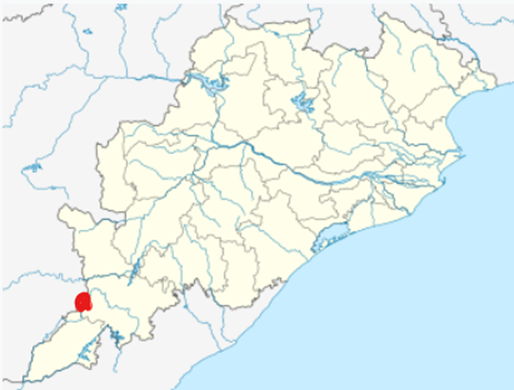Report by Yashasvi Anika Tandon
The Gupteshwar forests of Odisha have been included in the list of Biodiversity Heritage Sites of India. The notification was issued by the State Government.
This is the 45th site of India and the 4th from Odisha. The first site was Nallur Tamarind Grove in Bengaluru, Karnataka in 2007.
These forests are adjacent to the Shiv temple of Gupteshwar in Koraput district of Odisha. The forests are spread over 350 hectares having groves, endangered species, and diverse flora and fauna.
The other 3 Biodiversity Heritage Sites of Odisha are Mandasaru, Mahendragiri, and Gandhamavan.
What are Biodiversity Heritage Sites?
Biodiversity Heritage Sites are precise, ecologically frail ecosystems with a wide variety of wild, domestic, and unique plant and animal species. They also have rare, threatened, and endangered species and keystone species (species and help to maintain the delicate ecological balance of an ecosystem).
About Gupteshwar forests
The forests are home to 608 fauna (relating to animals) type species. There are 28 mammalian species, 18 amphibian species, 188 species of birds, 48 species of reptiles, 141 butterfly species, 45 species of fish, 43 moth species, 41 odonates (aquatic or semi-aquatic insects) species, 30 spider species, 20 species of lower levels of invertebrates, and 6 of scorpions.
There are rare species of Muggler Crocodile, a sacred Grove Bush frog, Kangler Valley Rock gecko, black baza, Jerdon’s baza, Malabar trogon, white-bellied woodpecker, common hill myna, and Banded Bay woodpecker.
There are limestone caves (caves formed due to limestone deposition or limestone weathering which is mostly near seas) having 8 species of the 16 species of bats in Southern Odisha of which two of them, namely, Hipposideros galeritus and Rhinolophus rouxii have been included in the near threatened category of the International Union for Conservation of Nature.
The various floral species found here are 182 of trees, 76 of shrubs, 69 of climbers, 177 of herbs, and 14 of orchids. It is also home to a number of rare and threatened medicinal herbs and plants like Indian trumpet tree, Indian snakeroot, Cumbi gum tree, garlic pear tree, Chinese fever vine, Jodparli tree, Rohituka tree, Indian jointfir, and many varieties of turmeric and ginger.
These forests have been included in the Biodiversity Heritage Sites list due to their importance in terms of culture and to safeguard its biodiversity – flora and fauna.
An additional Rs.35 lakh has been given to the Odisha Biodiversity Board to prepare a plan for enhancing biodiversity in Odisha.

